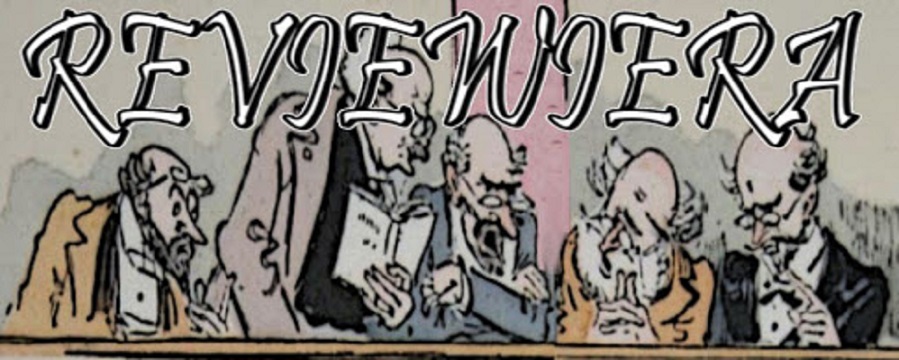.jpg)
by Katsuhiro Otomo (1982-1995)
The first three volumes of Akira are more than impressive artistically, both at face-value and as "sequential art" or whatever comic-lit-crit hot-button term you prefer, but they also comprise the main source material for the animated feature film (1988), so if you seen the movie, or, if you're like me and have watched the movie repeatedly, with religious attention and devotion (this would be about 1993-1995), then the first three volumes are not going to do a lot for you. Rather, they read more like curio, as there's a constant meta-narrative at play in your head comparing the pages to their filmic counterparts, both in terms of accuracy as well as elements dropped from the film.
Its not until you transition into the final three volumes that Otomo gets his hooks in you. The film, it turns out, only really covers the first half of this really, truly fantastic story. Furthermore, the second half ramps up Akira's radical sci-fi cred. What starts as an excellent cyberpunkian conspiracy story about telekinetics (with a great melodramatic backdrop) shifts to a post-apocalyptic struggle of a demi-god's half-baked empire against black-ops spooks and telekinetic templars leading to a revolutionary twist ending (with a great melodramatic backdrop), complete with destruction writ large of Tokyo, an Olympic stadium, a U.S. carrier group, and the moon. I read the first three volumes piecemeal over the course of a week or so. I read the last three in one sitting in one night.
Furthermore, the Kaneda character, the clear protaganist in the film, takes on added depth in the manga. It seems absurd at times but Kaneda's drive to stop Tetsuo has little to do with saving the city or stopping Tetsuo's sociopathic Imperial aspirations, but has everything to do with a sort of teen-gang violation of a code of honor. Kaneda's use of a stolen special-ops laser rifle is one of the most memorable scenes from the film. What's more memorable in the manga is Kaneda making no bones of setting out to simply beat Tetsuo with his own two fists. The absurdity is of course that these attacks should be meaningless to Tetsuo by virtue of his telekinesis, yet there Kaneda stands before on the pages, surviving Tetsuo's wake of destruction again and again. Kaneda's continuous horn-dog pursuit of Kai throughout the pages of the epic further underscore the degree to which this entire story might actually just be about teenage boys gaining the upperhand in what was originally an adult spook conspiracy.
Little surprise the film is as good as it is, seeing as its ink-and-paper basis is an exemplar of the form.
-dd

